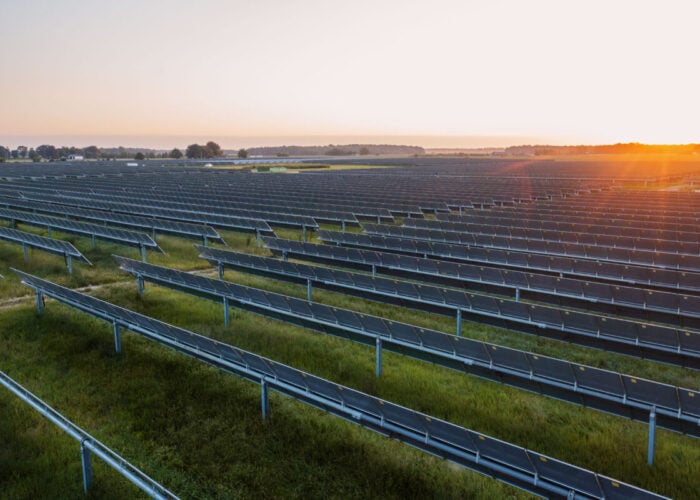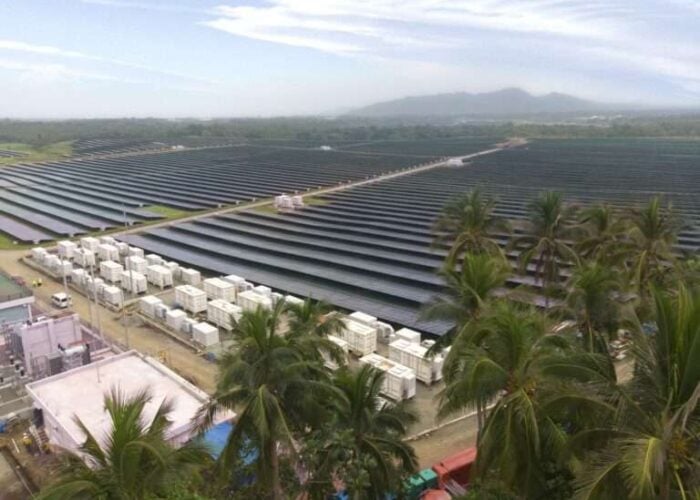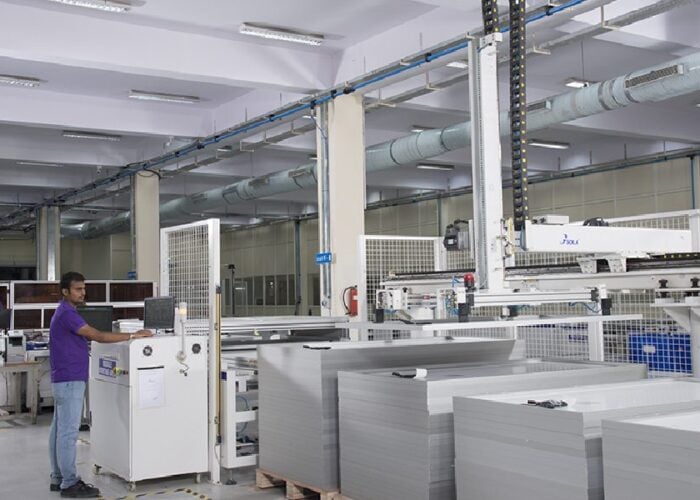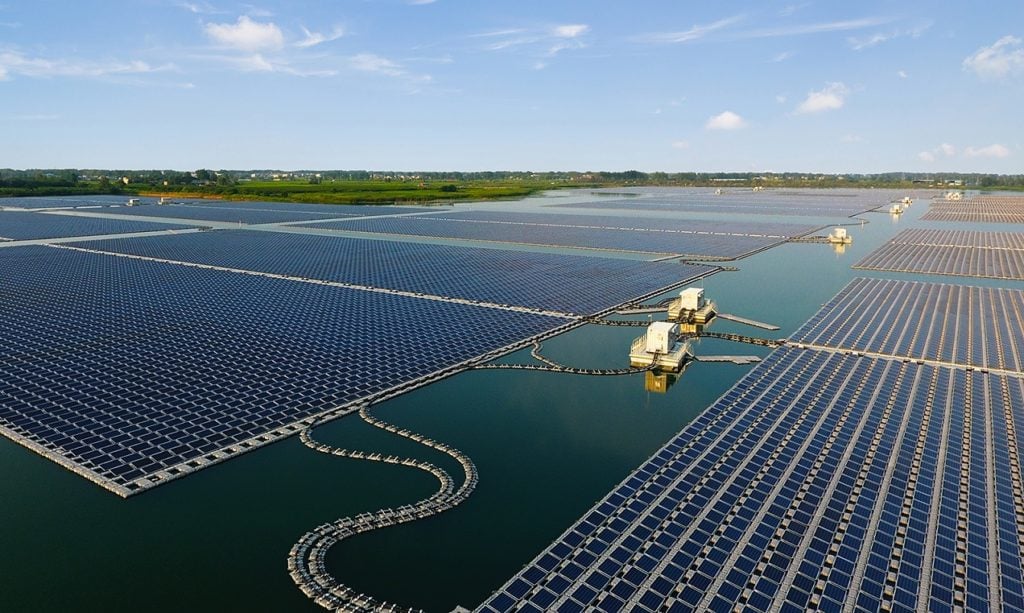
Five of Asia’s biggest economies will exponentially grow their solar capacity in the coming years, according to new analysis from think tank Ember.
The Philippines, Indonesia, India, China and Japan will see an average growth of 22% each year this decade, with the fastest growth rates in Indonesia and the Philippines.
Unlock unlimited access for 12 whole months of distinctive global analysis
Photovoltaics International is now included.
- Regular insight and analysis of the industry’s biggest developments
- In-depth interviews with the industry’s leading figures
- Unlimited digital access to the PV Tech Power journal catalogue
- Unlimited digital access to the Photovoltaics International journal catalogue
- Access to more than 1,000 technical papers
- Discounts on Solar Media’s portfolio of events, in-person and virtual
Despite having the lowest solar capacity among the five Asian countries with 180MW, Indonesia is expected to increase its installations 25-fold with a 4.6GW target for solar PV by 2030. Power generated from solar PV in Indonesia is the lowest among the G20 countries, according to Ember.
The target, however, is not ambitious enough for the country and it is capable of achieving far higher deployment levels, according to Isabella Suarez, Southeast Asian energy analyst at the Centre for Research on Energy and Clean Air (CREA).
In the past year, several large-scale projects have been announced in the country with the aim to export the electricity produced to Singapore. Developer Sunseap is planning to develop 7GW of solar PV, while ib vogt and Quantum Power Asia are planning to build a 3.5GW solar PV plant.
The Philippines is another country with an increased interest in solar, with plans to add 18GW of solar PV by 2030 and reach the 10GW mark by 2025. The country currently has 1,370MW of installed capacity and would thus increase its solar capacity 12-fold if the above targets are met.
Project developer Solar Philippines announced in August that it planned to build the “world’s largest solar project” with 4GW capacity in the country.
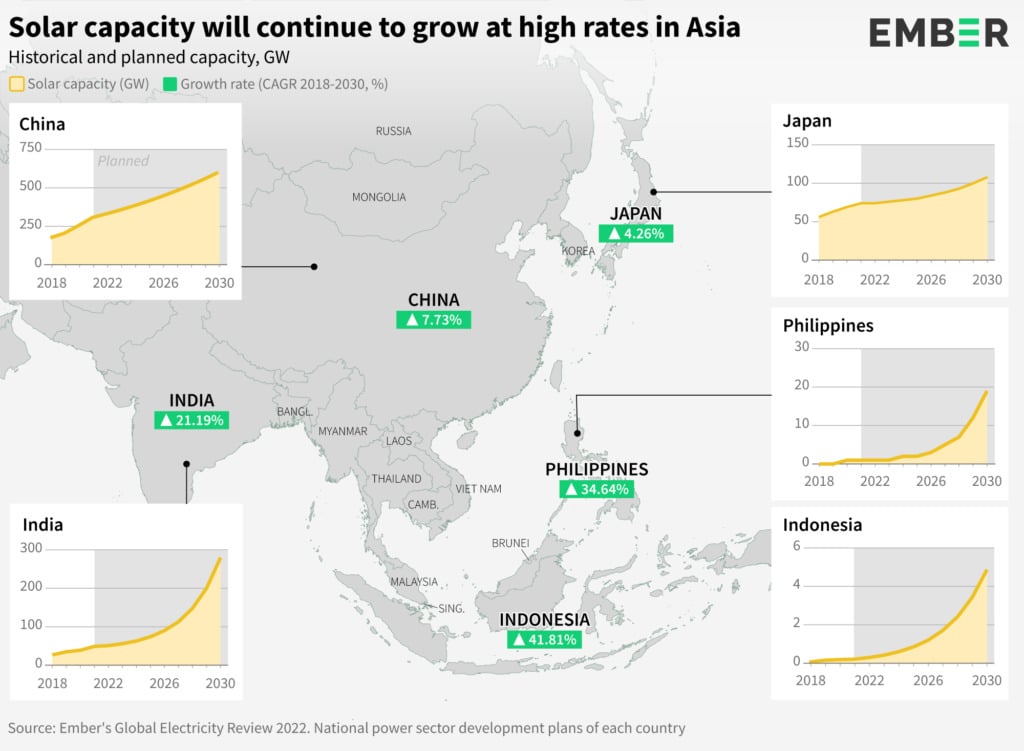
In terms of total capacity, China will be far ahead the rest of Asia. The country’s current goal is to install 1.2TW of solar and wind capacity by 2030, of which 600GW would be from solar PV if it continues its trend of adding equal amount of both power sources, as it has done between 2012 and 2021.
Muyi Yang, Asia senior electricity policy analyst at Ember, said: “We believe this to be a cautious estimate, as some analysts estimate that China could reach its 1200GW wind and solar goals as soon as 2026.”
Meanwhile, India will have the second largest capacity in Asia and one of the biggest in the world in 2030, with a target to reach 300GW of solar power, a sixfold increase from its current levels. The country is targeting 450GW of power generated from clean energy sources by 2030, as announced at the COP26 climate summit in November of last year.
India added a record 14GW of new solar capacity in the 12 months leading up to March 2022, according to an analysis from Ember in April.
“In the last few years, India saw an increasing number of private power generators committing to their own RE targets, with most of them especially bullish on solar,” said Aditya Lolla, Asia senior electricity policy analyst at Ember.
Furthermore, the Indian government has been pushing for a domestic manufacturing capacity of solar modules and cells up to 40GW in a move to reduce its dependency on Chinese imports.
In order to manage this expansion, the country will need to heavily invest in grid stabilisation and energy market reform in order to increase rooftop installations, Ember added.



